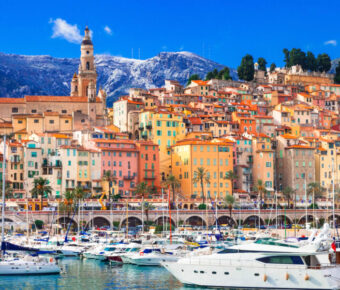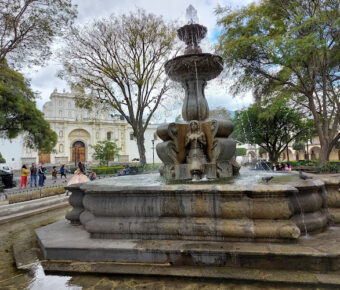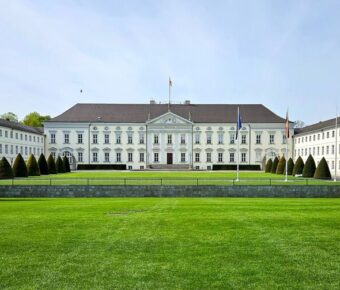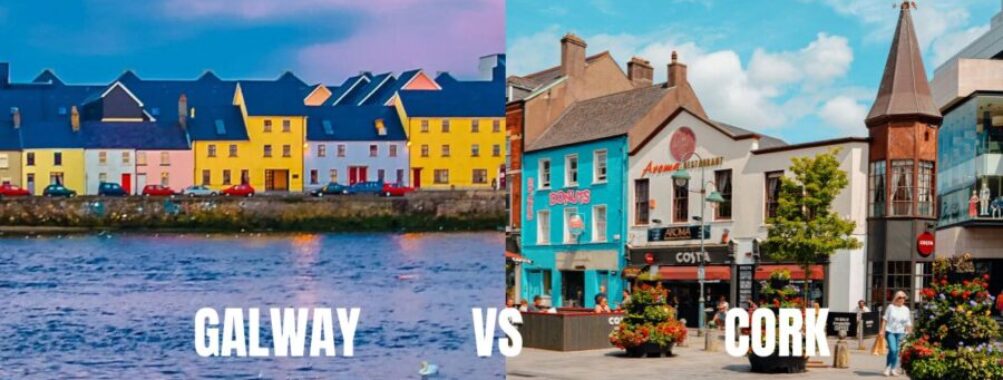
Galway vs Cork: Which Irish City Wins for Culture, Food & Adventure?
Picking between Galway and Cork? It’s not exactly a straightforward choice. Each city has its own heartbeat, its quirks, and a way of drawing you in that’s hard to explain. If you want lively streets pulsing with music and culture, Galway’s probably your best bet. But if you crave a bigger city with knockout food and easy escapes to the coast, Cork is where you’ll want to land.
You’ll feel the contrast as soon as you get there. Galway’s compact, colorful, and absolutely buzzing—ideal if you love walking everywhere and soaking up Irish traditions.
Cork spreads out more, mixing historic charm with busy markets and some of Ireland’s prettiest day trips right on its doorstep.
Table of Contents
- Key Takeaways
- Galway vs Cork: Key Differences
- City Size and Population
- Atmosphere and Vibe
- Accessibility and Location
- Cultural Highlights and Heritage
- Festivals and Events
- Historic Landmarks
- Local Traditions
- Top Things to Do in Galway
- City Centre Attractions
- Day Trips from Galway
- Unique Local Experiences
- Top Things to Do in Cork
- City Centre Sights
- Historic Markets
- Nearby Natural Wonders
- Food Scene and Markets
- Restaurants and Cafés
- Local Specialties
- Cost of Living and Travel Practicalities
- Accommodation and Rent
- Dining and Shopping
- Transportation and Getting Around
- Frequently Asked Questions
- What are the top attractions to visit when comparing Galway and Cork?
- How does the quality of life differ between living in Cork and Galway?
- Can you highlight the historical rivalry between Galway and Cork in hurling?
- What are the unique cultural experiences offered by Galway and Cork respectively?
- How do transportation options vary when traveling between Galway and Cork?
- What are the best local cuisines to try in Galway and Cork for a foodie traveler?
- Book Your Dream Experience
- More Travel Guides
Key Takeaways
- Galway’s all about walkable streets, music, and that breezy coastal vibe
- Cork brings bigger city energy, food markets, and epic drives
- Both cities have their own slice of Irish culture you don’t want to miss
Galway vs Cork: Key Differences
Galway and Cork just hit different. One feels like a festival-packed hub perched on the Atlantic, the other’s a sprawling city with deep roots and more options for exploring nearby.
City Size and Population
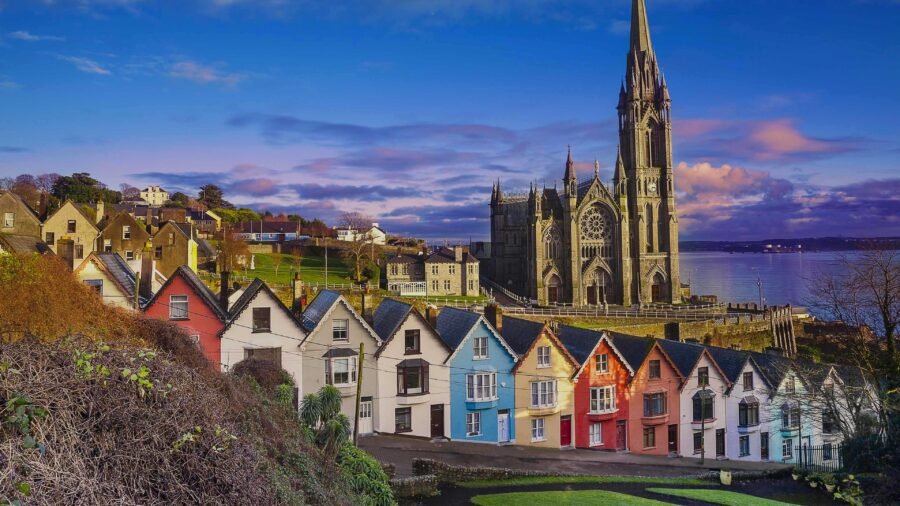
Cork’s actually Ireland’s second largest city, clocking in at around 228,000 people. Galway is way smaller, with about 85,000.
That gap changes everything about how you’ll experience each place.
In Cork, neighborhoods stretch out, shopping streets go on and on, and there’s a massive range of restaurants and pubs. It really feels like a “proper” city, the kind where you could wander for days without running out of new things to try.
Galway? It’s more like a town that grew up but never lost its cozy charm. Pretty much everything in the center sits within a 10-minute walk.
If you’ve only got a couple of days, Galway’s a breeze—you won’t feel rushed at all.
When I visited, Cork struck me as a true working Irish city—students, families, professionals, all mixing together. Galway felt more geared toward tourists, but honestly, it’s so lively and charming you probably won’t mind.
Atmosphere and Vibe
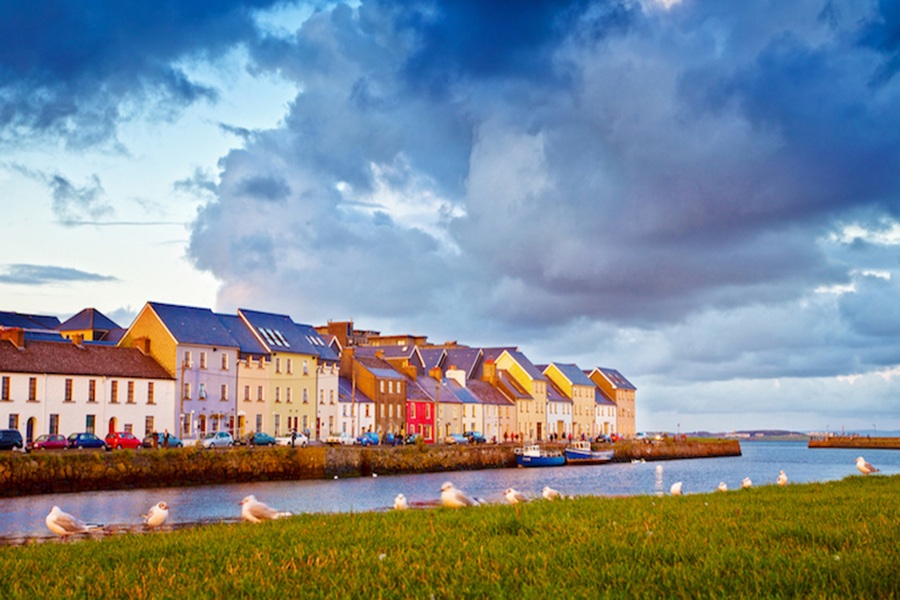
Galway’s earned its title as Ireland’s festival capital, and you’ll get why the second you arrive.
Summer arts festivals, live music pouring out of pubs, buskers everywhere—there’s a buzz you can’t miss.
Quay Street’s lined with musicians, and the city hums with visitors from all over.
Cork’s vibe? It’s different, for sure. Locals have a proud, independent streak, and you’ll pick up on that as you wander the English Market, St. Patrick’s Street, or along the riverside.
It feels more everyday Irish, less showy.
If you’re into bohemian, photogenic streets, Galway’s your match. But if you want a slightly larger, more cosmopolitan place with a strong local identity, Cork’s for you.
I’ll admit, Galway’s prettier for photos, but Cork feels more “real” in a way that stuck with me.
Accessibility and Location
Galway sits out on Ireland’s west coast, making it a top spot for exploring the Wild Atlantic Way, Connemara National Park, and the Cliffs of Moher.
You can reach most of these places in under two hours, perfect if you want short drives.
Cork’s closer to Ireland’s southern coast and the Ring of Kerry. From there, Kinsale, Clonakilty, or the Beara Peninsula are all easy day trips.
If you’re planning to explore southwest Ireland, Cork’s location makes a lot of sense.
Both Galway and Cork are about 2.5 to 3 hours from Dublin by car.
Galway’s more convenient if you want to swing by Limerick or head north; Cork’s better if your route includes Kerry.
I’ve driven both routes, and neither one feels too long. But if you’re on a tight schedule, location might tip the scales.
Cultural Highlights and Heritage
Both Galway and Cork brim with Irish culture you’ll notice right away.
Galway leans into festivals and music, while Cork shows off its deep history through castles, cathedrals, and a food market that’s been around for centuries.
There’s no shortage of ways to connect with both past and present in either city.
Festivals and Events
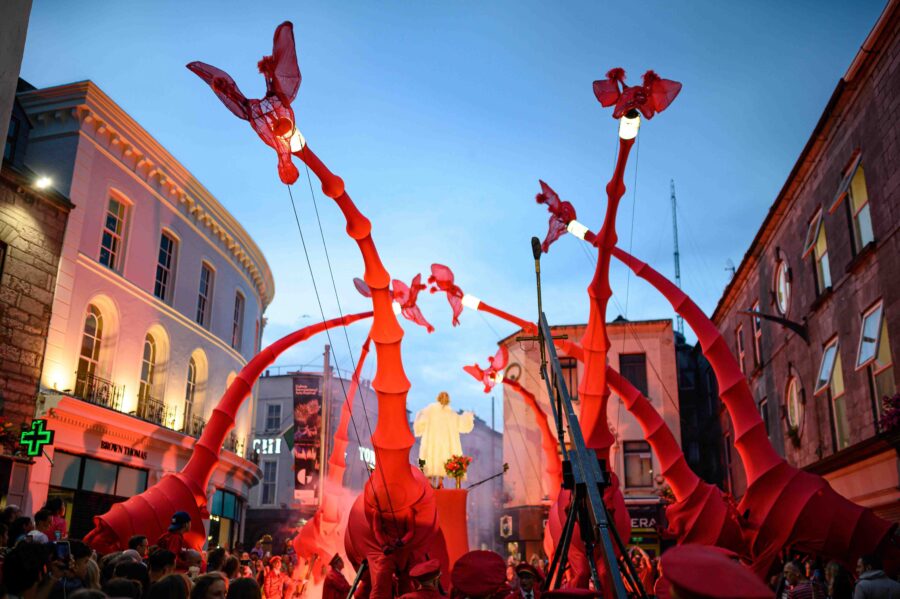
If you’re chasing festivals, Galway’s got you covered. It’s often called the festival capital of Ireland, and there’s almost always something happening.
The Galway Arts Festival in July is the big draw, bringing in performers from around the globe.
You’ll probably stumble into smaller music, food, or film festivals without even trying—sometimes you just show up and there’s something going on.
Cork holds its own, though. The Cork Jazz Festival in October is legendary, and the city throws food festivals that spotlight local produce and seafood.
I once landed there during the Cork Midsummer Festival and ended up at a tiny theater watching an experimental play—totally unplanned, but that’s the fun of it.
Both cities deliver on live street music. Buskers fill the air in summer, and you might hear a fiddle player while you sip coffee outside.
Historic Landmarks
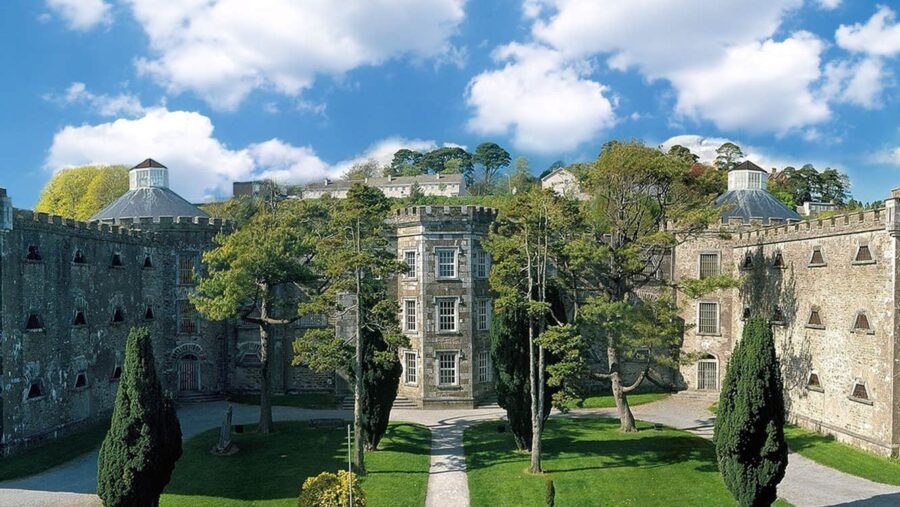
Cork’s history shows up everywhere. You can tour Cork City Gaol, a 19th-century prison turned museum, for a slightly eerie peek into Ireland’s past.
Don’t miss the English Market—it’s been running since 1788 and feels like half food hall, half living museum.
Add St. Fin Barre’s Cathedral and Blackrock Castle to your list, and you’ll have days of history to explore without leaving the city.
Galway feels more compact, but still packs in plenty of interest. The Spanish Arch, a remnant of the old city walls, is a simple but iconic spot.
Wander the Latin Quarter and you’ll see medieval buildings mixed with lively pubs and shops.
I ducked into a tiny church there during a rainstorm—totally unplanned, but it turned into one of my favorite memories.
Both cities are great bases for exploring nearby ruins and castles. Galway’s a bit better for quick trips out to the Cliffs of Moher or Connemara National Park.
Local Traditions
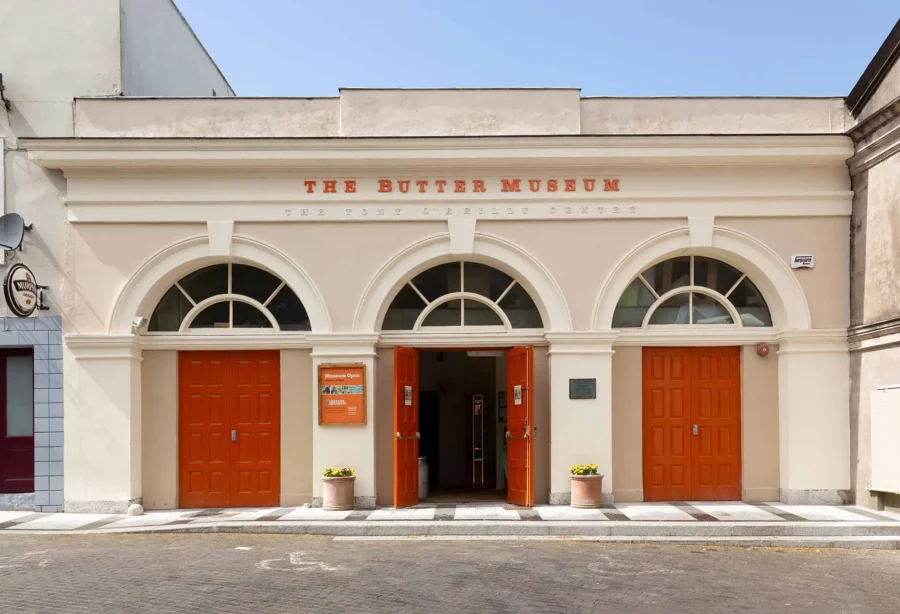
Galway’s traditions come alive through music and storytelling. Pubs become gathering spots for singing, swapping stories, and sometimes even hearing Irish spoken—especially if you venture toward the Gaeltacht regions.
It feels like culture woven into the daily routine, not just something for tourists.
Cork leans hard into food and community. The city’s butter-making history gets celebrated at the Butter Museum—I know, it sounds niche, but it’s surprisingly fun.
Food here is a big deal—farmhouse cheeses, seafood, and rich breads. I once bought a loaf at the English Market and honestly, I carried it around all day like a treasure.
Both cities love live music, buskers, and warm pub culture. But if you want that “local” vibe when chatting in a pub, Cork’s a bit less touristy than Galway, which always seems to buzz with visitors.
Top Things to Do in Galway
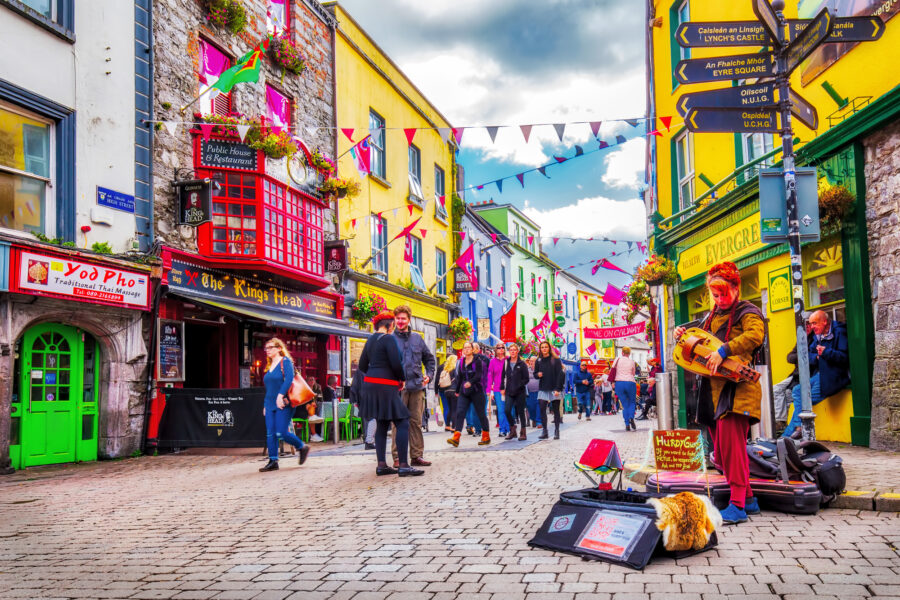
Galway’s a mix of lively streets, coastal walks, and easy escapes to some of Ireland’s wildest landscapes.
You’ll bounce from colorful pubs and markets to windswept cliffs and islands, all without feeling like you’re in a rush.
City Centre Attractions
The heart of Galway is compact enough for aimless wandering, which is honestly the best way to see it.
Start in the Latin Quarter, where cobbled lanes pulse with pubs, restaurants, and street performers.
Quay Street’s always alive with buskers and gives you a real taste of the city’s energy.
Don’t miss Galway Cathedral. It’s not ancient—built in the 1960s—but the stonework and stained glass are worth a look.
If you’re hungry, swing by Galway Market near St. Nicholas’ Church. You’ll find fresh produce, handmade crafts, and street food.
I grabbed a hot crepe there on a rainy morning once, and it ended up being one of my favorite moments in town.
Day Trips from Galway
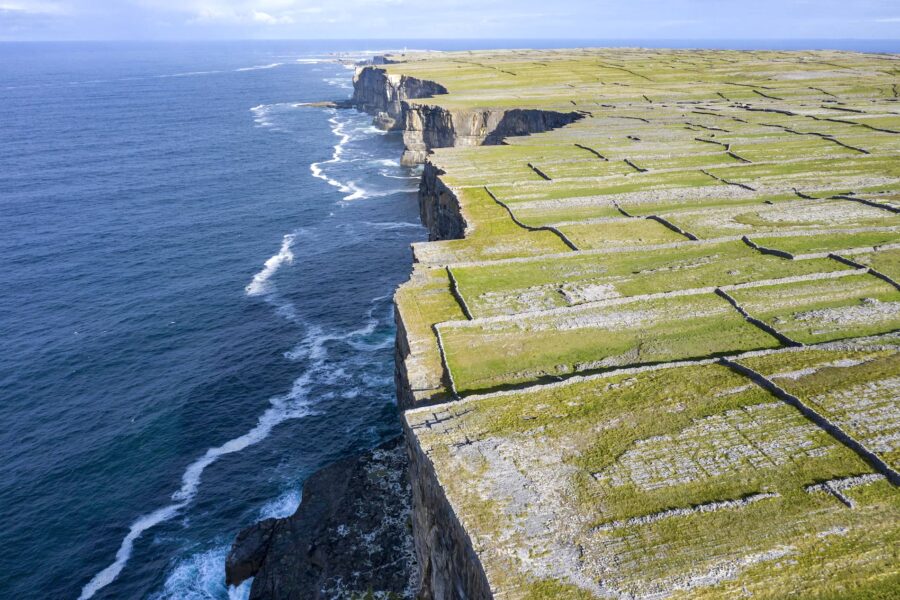
One of Galway’s biggest perks? It’s so easy to escape into the countryside.
The Aran Islands are a must if you want windswept cliffs, stone walls, and old-school Irish villages.
You’ll need to catch a ferry from Rossaveel, about an hour outside the city.
The Cliffs of Moher are another classic. They’re about 90 minutes away, and yeah, they get crowded, but the views really are worth it.
Go early or late if you want to dodge the biggest crowds.
And then there’s Connemara National Park—rolling hills, bogs, wild ponies. It’s a hiker’s dream.
If you’re not up for driving, join an organized day tour and let someone else handle the logistics.
Unique Local Experiences
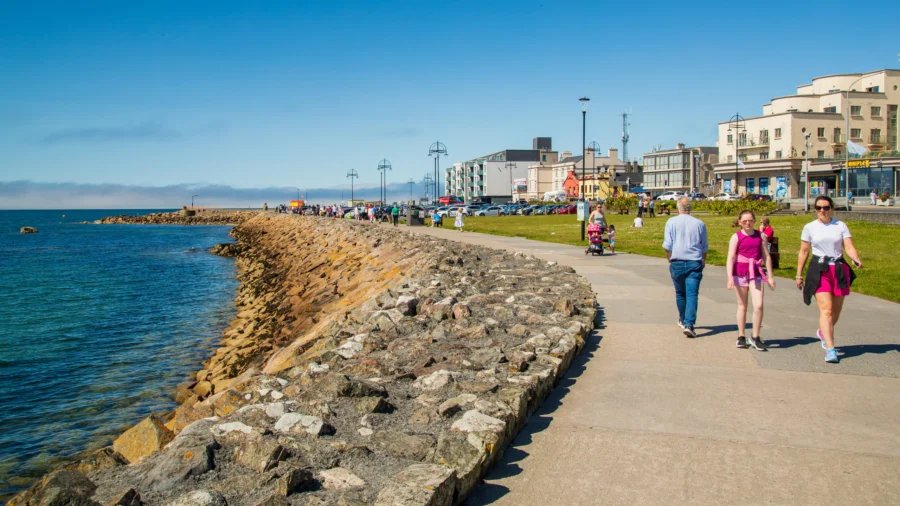
What really sets Galway apart? The atmosphere.
Grab a seat in a pub like Tig Coili or The Crane Bar, and odds are you’ll catch a traditional music session.
It’s not a show, it’s just friends playing together. The vibe is unbeatable.
Take a walk along the Salthill Promenade. Locals have this quirky tradition of “kicking the wall” at the end of the walk—it sounds odd, but it’s one of those little rituals that makes you feel like you belong.
If you’re lucky enough to be in town during a festival, like the Galway International Arts Festival in July, you’ll see the city at its absolute best.
Street parades, outdoor shows, and that sense that everyone’s out to enjoy themselves—it’s Galway at full throttle.
Top Things to Do in Cork
Cork serves up lively streets, historic sites, and quick escapes to nature.
You’ll find cultural gems, bustling markets, and scenic corners that make it easy to fill your days without rushing.
City Centre Sights
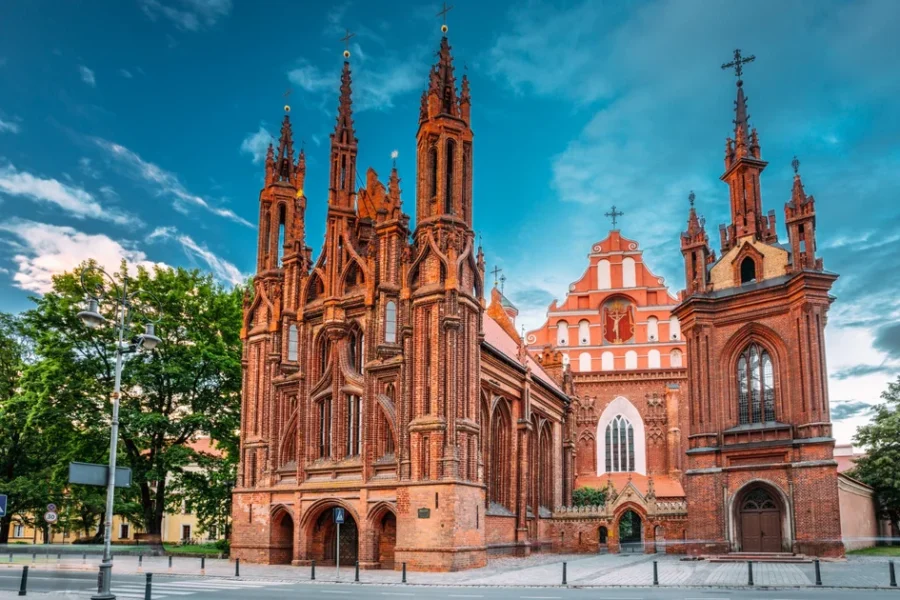
Start in the city centre, where the River Lee twists through the heart of Cork.
Walking across the bridges helps you get your bearings, and there’s always a café or pub within arm’s reach.
Check out Cork City Gaol, a former prison that now tells stories from Ireland’s past.
The restored cells and wax figures make the place come alive—creepy, but in a good way.
Climb the tower at St. Anne’s Church in Shandon and ring the famous bells yourself.
It’s quirky, and the view from the top is worth every step.
If you prefer to plan ahead, you can book attractions and tours before you go, so you don’t waste time figuring things out on the spot.
Historic Markets
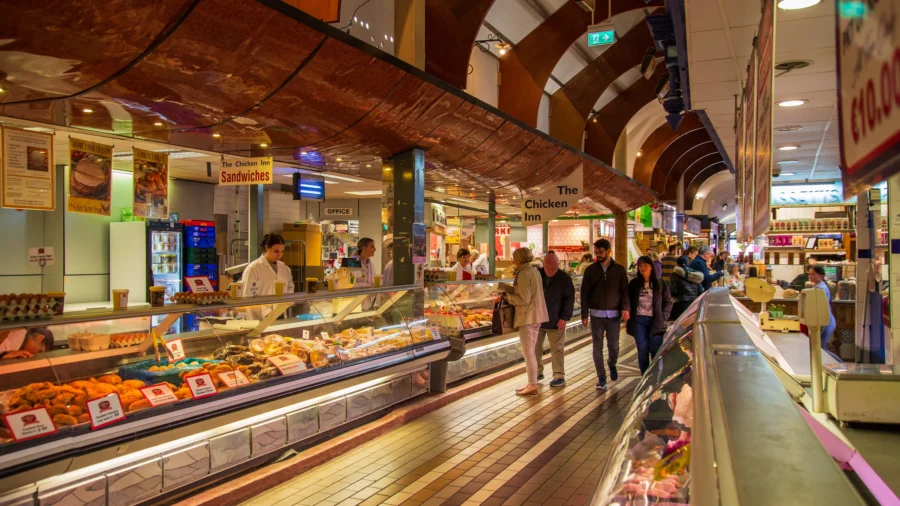
The English Market is hands down Cork’s most famous spot.
It’s been around since the 18th century and still feels like the city’s pantry.
Stalls overflow with fresh fish, artisan cheeses, and local meats.
I recommend grabbing a simple sandwich and just watching the world go by.
It’s not just tourists—locals actually shop here, which keeps the place feeling authentic.
Chat with the stall owners if you’re into food. They love talking about where their produce comes from and will happily give you tips on what to try.
It’s a great way to connect with Cork beyond the usual sightseeing.
If you’re cooking for yourself while traveling, this is the place to stock up.
The quality beats any supermarket, and honestly, it’s just more fun to shop somewhere with that much history.
Nearby Natural Wonders
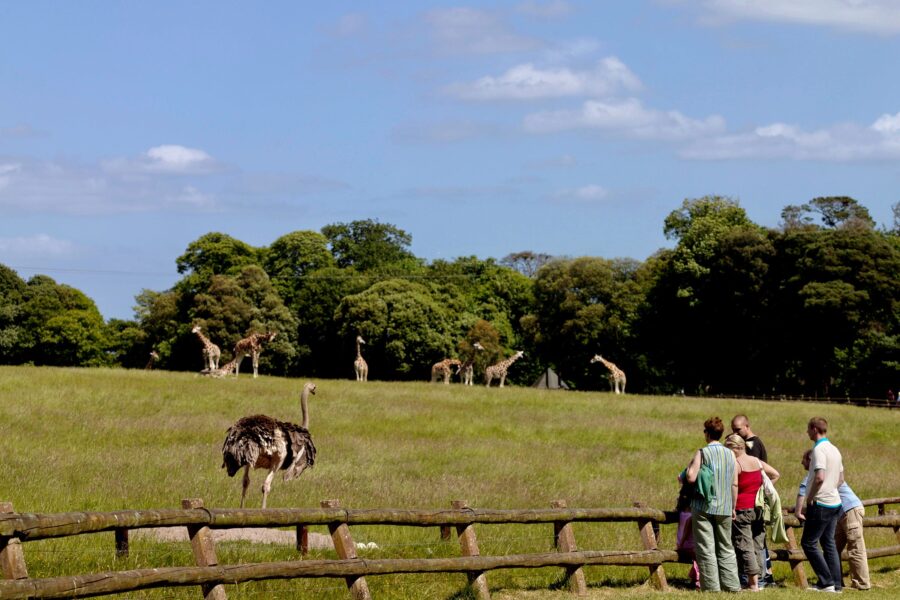
Cork isn’t just about the city—there’s so much more once you get out on the road. Drive a little and suddenly you’re on the Wild Atlantic Way, where rugged cliffs and quiet beaches stretch out for miles. Even if you’re short on time, a half-day escape from town gives you a taste of Ireland’s wild side.
One stop I always recommend is Mizen Head. It’s the most southwesterly point in Ireland, and the cliffs are just… wow. The footbridge over the gorge? Honestly, it gets the adrenaline going, especially if you’re not a fan of heights. On a clear day, those sea views just don’t quit.
If you’re sticking closer to Cork, you really shouldn’t miss Fota Wildlife Park. It’s a hit with families—kids love it—but adults get a kick out of seeing animals roaming around big open spaces. It doesn’t feel like a typical zoo, and that’s a good thing.
Or maybe you’d rather keep it simple. Walking along the River Lee, just outside the city center, gives you a breather from the buzz. Sometimes you just need a bit of fresh air before diving back into Cork’s lively pub scene.
Food Scene and Markets
Irish food isn’t all about stews and Guinness, not anymore. In Galway and Cork, you’ll find traditional bites, fresh-off-the-boat seafood, and markets that really shape the vibe of each place. If you’re the type who plans travel around eating (guilty), you’ll be in heaven here.
Restaurants and Cafés
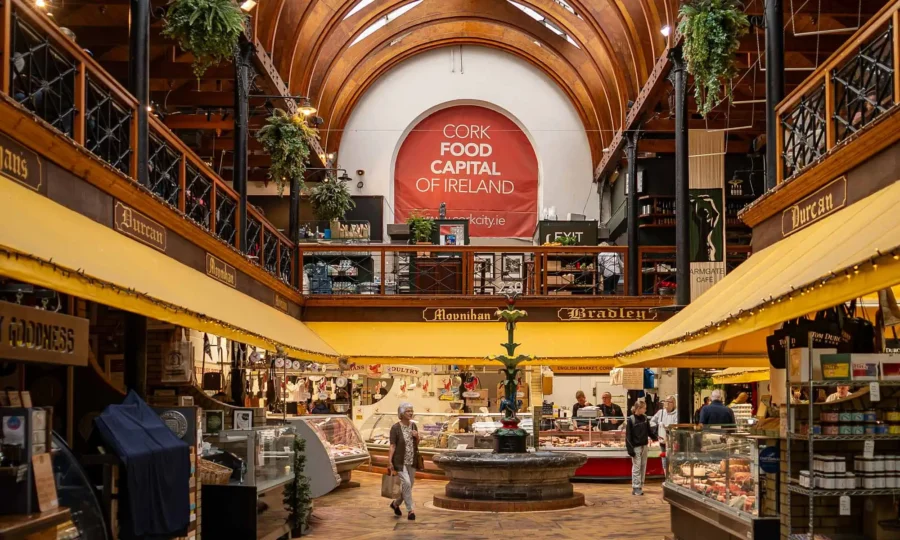
Cork calls itself Ireland’s “food capital,” and honestly, I get it. The English Market has been around since 1788 and still sits at the heart of food culture. Stalls overflow with local cheeses, fresh fish, and baked treats. You can grab a seat at a cozy café tucked inside and snack your way through, even when you swore you weren’t hungry.
Galway takes a different tack. The Latin Quarter is packed with quirky cafés, pubs dishing out seafood chowder, and restaurants that surprise you with just how good they are. I once ducked into a tiny spot off Quay Street and ended up chatting with the chef about the morning’s mussel catch—people in Galway love to share their food stories.
Cork’s bigger, so you get more variety, but Galway’s compact center means you can hop between three or four places in a day without racking up steps. That’s my kind of food crawl.
Local Specialties
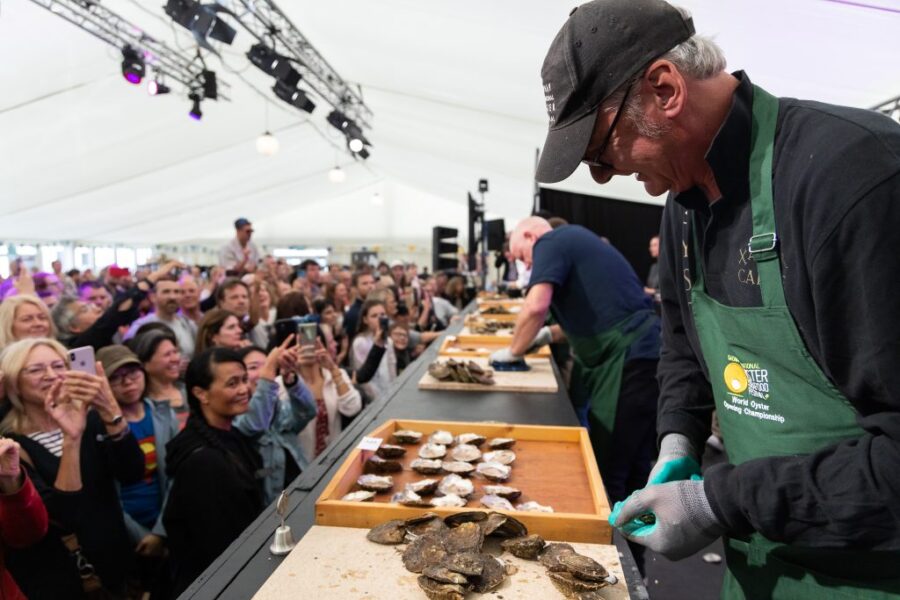
In Cork, butter isn’t just a spread—it’s practically a way of life. The Cork Butter Museum dives into how the city became a global butter powerhouse. You’ll taste that creamy richness everywhere, from café scones to seafood chowder. And don’t sleep on the local black pudding, which pops up on breakfast plates all over town.
Galway’s all about the seafood. Being right on the Atlantic, the city serves up oysters, mussels, and salmon like it’s nothing. The Galway International Oyster Festival in September is a real treat if you can time your visit, but even off-season, you’ll find oysters with just a squeeze of lemon in pubs all over.
Both cities have jumped on the modern Irish cooking trend—think classic ingredients, but lighter, fresher, a bit more playful. So whether you’re digging into Cork’s dairy goodness or Galway’s straight-from-the-bay seafood, you’re in for a treat.
Cost of Living and Travel Practicalities
When you’re choosing between Galway and Cork, the real differences show up in the day-to-day stuff. Housing, food, and getting around all hit your wallet differently depending on where you are.
Accommodation and Rent
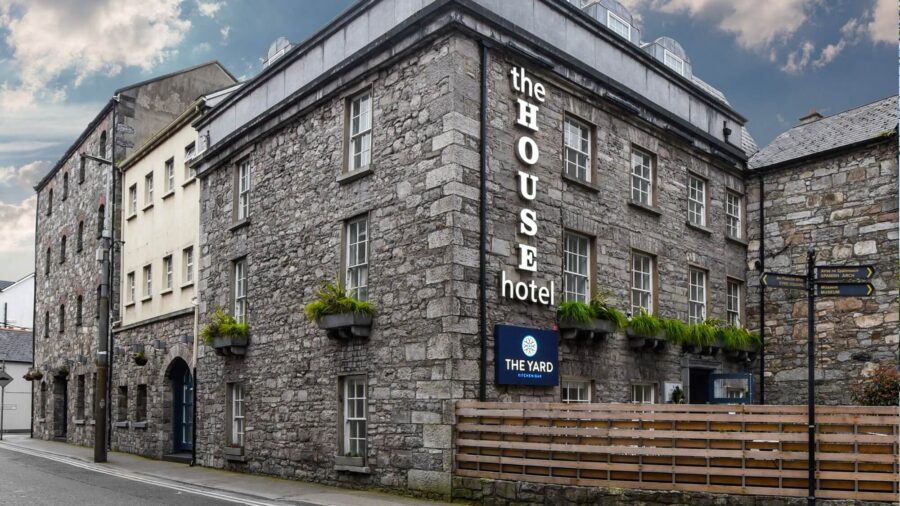
Rent runs higher in Galway’s city center than Cork’s. You’ll see one-bedroom apartments in Galway hitting €1,800, while Cork averages closer to €1,580. Move outside the center and Cork still tends to be cheaper, though Galway’s bigger three-bedroom spots can sometimes surprise you.
Hotels and short stays? Same story. Galway’s tourist buzz drives prices up, especially in summer. Cork offers more mid-range options, which is great if you’re trying to save a bit.
Book early if you can. I’ve lucked out with accommodation deals by planning ahead instead of waiting until the last minute.
Dining and Shopping
Eating out feels different in each city. Galway’s budget restaurants are usually cheaper, but mid-range spots might ask for more than Cork’s. You might pay €16 for a casual meal in Galway, €20 in Cork, but a three-course dinner for two? That’s often pricier in Galway.
Markets are where things get interesting. Galway’s got cheaper produce—bananas, tomatoes, potatoes—while Cork’s a bit higher. But sometimes Cork wins with staples like eggs and chicken. If you like to cook, Galway’s markets definitely help stretch your euros.
For clothes shopping, Galway’s a bit easier on the wallet, especially for casual stuff. Cork wins on variety, but you’ll pay a bit extra for it. If you’re a light packer, investing in solid travel gear pays off—you won’t have to keep replacing things as you go.
Transportation and Getting Around
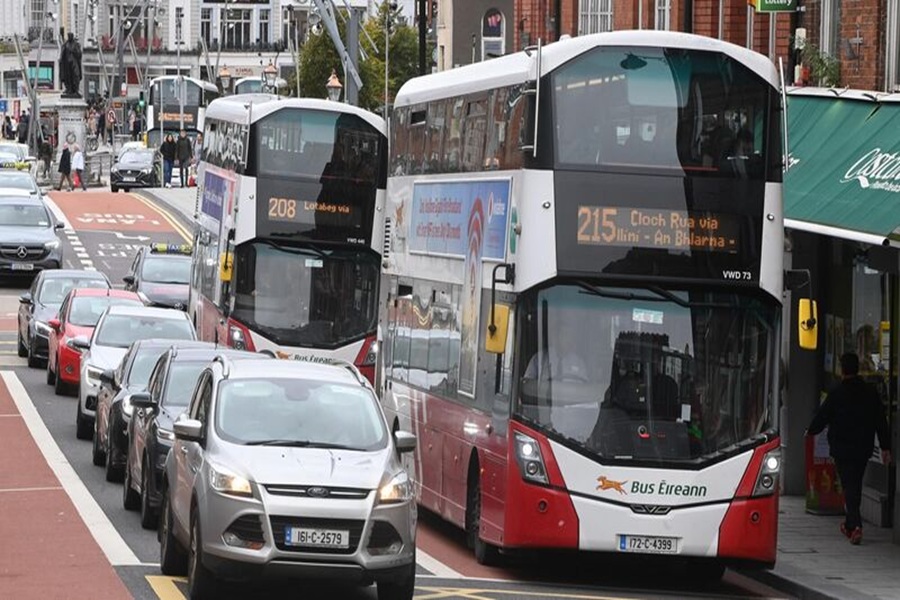
Public transport saves you more in Galway. A monthly pass is about €60, while Cork’s is closer to €86. Single bus tickets are a bit cheaper too. Taxis? Galway’s rates per kilometer are way lower than Cork’s.
Cork’s bus network is bigger, so you might find it easier to get around without a car. But Galway’s compactness is hard to beat—I love being able to stroll from the Latin Quarter to the Spanish Arch in minutes, and not spending a cent on transport.
If you want to head out of town, check flights or trains with Kayak to compare. It’s usually cheaper to fly in and out of Cork, but Galway’s spot on the map is a dream for day trips to Connemara or the Cliffs of Moher.
Frequently Asked Questions
Galway and Cork each have their own personality—food, culture, attractions, even how you get around. And if you’re into sports, the rivalry between these two runs deep, especially on the hurling pitch.
What are the top attractions to visit when comparing Galway and Cork?
In Galway, you can wander the Latin Quarter, chill in Eyre Square, and cross Wolfe Tone Bridge in under an hour. Street performers and pub music keep the city center buzzing.
Cork’s more spread out, so you’ll want to plan your day. The English Market, Fitzgerald Park, and Blackrock Castle are all worth a stop. I never get tired of strolling along the River Lee—it’s where you really feel Cork’s vibe, something you don’t quite get in Galway.
How does the quality of life differ between living in Cork and Galway?
Cork feels bigger, a bit more polished in its hotels and restaurants. People call it Ireland’s food capital, and I can see why.
Galway’s smaller and easier to get around, with a younger energy thanks to the university crowd. Some say you’d need about 4,700€ in Galway to match the lifestyle 5,100€ gets you in Cork, according to cost of living comparisons.
Can you highlight the historical rivalry between Galway and Cork in hurling?
This rivalry isn’t just about sport—it’s a matter of pride. Both counties have deep traditions, and when they clash, the atmosphere is electric.
I once watched a Cork vs Galway match in a packed pub—everyone was on edge, yelling at the screen like it was life or death. The passion is real when these two meet.
What are the unique cultural experiences offered by Galway and Cork respectively?
Galway thrives on music and street life. Trad tunes spill out of pubs, and buskers liven up Shop Street. Festivals crank up the energy even more in summer.
Cork’s got a thing for food, whiskey, and a bit of a rebellious edge. Pop into Sin é for live trad or The Shelbourne Bar for a whiskey, and you’ll get Cork’s character straight away. Locals love their “underdog” reputation, and it shows.
How do transportation options vary when traveling between Galway and Cork?
Both cities are walkable at their core, but Galway’s easier to cover on foot in a day.
Cork’s bigger, so you’ll probably need a bus or a short drive to hit all the highlights.
Public transit in both places is cheap—usually under €3 per ride, as mentioned in this travel guide. Driving can be a pain, though, with parking always a challenge.
What are the best local cuisines to try in Galway and Cork for a foodie traveler?
Cork absolutely steals the show when it comes to food. Locals rave about the English Market—honestly, you can just wander around and let your nose guide you.
Places like Good Day Deli or Pompeii Pizza? They really highlight how creative Cork’s food scene can get. If you’re chasing a good whiskey, head straight to the Shelbourne Bar—everyone seems to have a story from there.
Now, Galway’s got a smaller scene, but it’s lively and full of surprises. I’ve grabbed some seriously good, budget-friendly bites at Xi’an Street Food.
Craving sushi? Wa Sushi is a solid pick. And don’t skip the classic Irish pub grub—think stew or fish and chips—especially after a day of wandering those windy streets.

